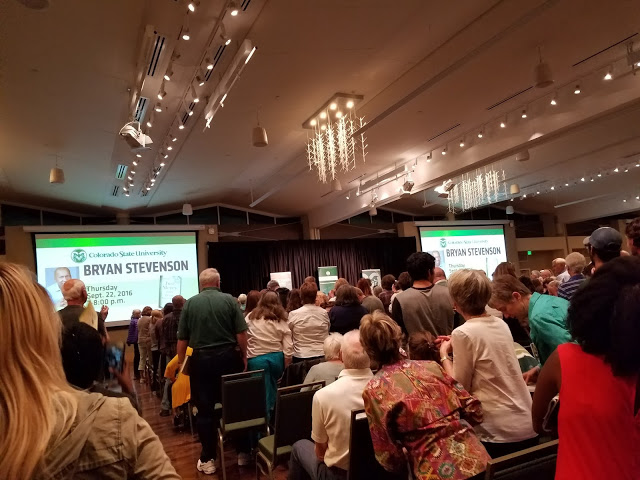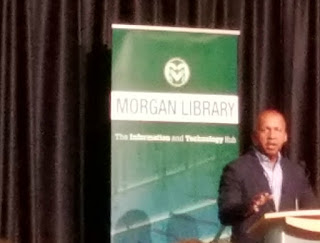Imagine you live on an island. Your island is small, but secure, and you have everything you need to survive. You have as much contact with the mainland as you want, but can switch off communication at will. You also have the freedom to leave the island to travel to the mainland if you wish. Your island is comfortable and for the most part it is safe.
Let’s call it “White Island.”
White Island is my home right now. My city is 93% white, the ten churches we have visited since moving here over a year ago have been 99% white and all of my neighbors are white. I am a stay-at-home mom of three children, four and under and never truly need to leave a five mile radius from my home unless I choose to. My portal to the outside world—the mainland–is a Smartphone with apps to read the news, listen to podcasts and stay in the social media stream. But that device also has an “off” button.
I can ignore the fact that there is a mainland if I choose to do so.
This is where many white people like me live. And when the news of the happenings “out there” on the mainland begin to disturb us, we simply shut down our portals for a little while so we can move on in peace with our quiet lives on White Island. We have the luxury of an “off” button.
But those who do not dwell on White Island do not have that privilege. They cannot tune out or turn off the news because they are living it.
I never realized I lived on White Island until a friend brought a black baby from the mainland to live on the island with us. It was only then that I realized
her non-white son was treated differently than my white children. Soon, I began to stop tuning out and start tuning in to the pleas of those on the mainland. They had been calling out for a long time, but the stations I had frequented weren’t picking up their cries. It wasn’t until I began dialing in to different sources that didn’t originate with White Island that I began to hear a broader range of messages.
I cannot get off of this island right now. But that doesn’t mean I am powerless. And it doesn’t mean I must live in ignorance of the mainland. So what can those of us who feel stuck on White Island do?
1. Listen and learn.
Before we speak or act, those on the mainland have asked that we research the problem—with humility. Michelle Higgins said in
a recent podcast that “Solidarity looks a lot like humility.” Our black sisters and brothers want us to get buried in their history, pain and struggle before we emerge. They will respect our silence at the beginning as we step down from our leading, teaching, and lecturing and take a seat in the row of desks for a while. So sit down, listen, take notes and
do your homework.
2. Find friends who are different from you and visit the mainland.
We will live in greater solidarity with others as we notice that those who are different from us are also mothers, fathers, sisters, brothers, sons and daughters. Tears, rage and joy are part of humanity. We will see this as we enter life with someone who is different from us and perhaps begin to empathize. Do you attend a gym, take your kids to a park or work with someone different from you? Don’t be weird, but do be intentional about pursuing a friendship with someone who doesn’t live on your island.
3. Move off the island.
Most places in our country have the coloring skills of a five-year-old who is content to keep solid colors in the lines of the coloring book. It’s time to develop our skills as an artist and dabble in the magnificence of a mixed pallet. This may require that we make plans to move off White Island all together. Find a diverse school for your children to attend, visit a new park, or look for a new church. Research the demographics of a neighborhood before buying a house and
be intentional about seeking out diversity.
4. Use your platform.
How many lives do you, your spouse or your kids touch in a day? Who is
in your square you interact with on a daily or weekly basis? What do you talk about? How can you cast light on topics some prefer to keep hidden in darkness for fear of offending? How can you use your voice in your particular slice of life to speak out and speak up for those who don’t have a voice?
5. Drench your everyday world in color.
How many people of color do you come across right there in your home? If you are a parent, do your children have
books,
dolls, decorations or games with people that look different from them? What about you? How diverse is your social media feed? What steps can you take to diversify your Facebook, Instagram or Twitter feeds? Who can you follow who will give you a fresh perspective from the mainland? If you are a reader, how many books have you read by people of color this year? Do you watch T.V. shows or movies or read magazines featuring people of color? The mainland is always reading about and watching stories of White Island, maybe it’s time for us to branch out.
6. Don’t tune out or turn off.




